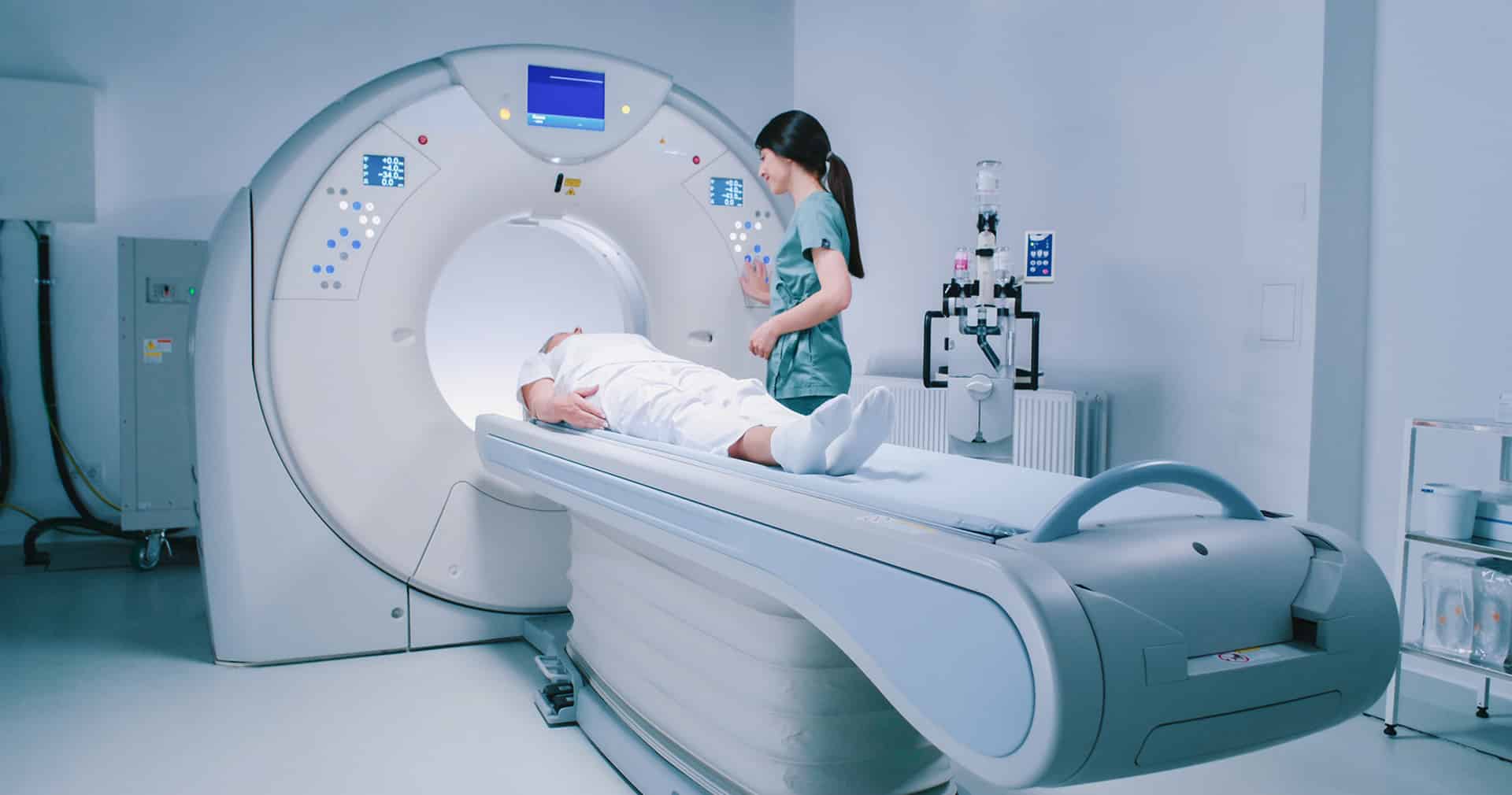Have you ever been overwhelmed by all the equipment in a hospital? Have you looked around and thought, “How on earth do they keep track of all this?” Well, you’re not alone.
Ensuring everything from stethoscopes to MRI machines is in working order is crucial. But how?
The answer could be a hospital equipment management plan.
In this article, we’ll shed light on what it is, why it matters, and the key ingredients that make it effective. Then, we’ll explore how this plan isn’t just a paper exercise. It plays a genuine role in boosting patient care standards.
We’ll introduce you to medical equipment management software. You’ll learn how this tool can streamline your equipment management strategy.
Let’s get started.
What Is a Medical Equipment Management Plan?

A medical equipment management plan—or EM plan—is a detailed hospital strategy. It ensures medical equipment is safe, functional, and well-maintained. The EM plan outlines procedures for equipment inventory, maintenance, safety, training, and documentation.
It ensures every piece of medical equipment is safe and works correctly. It also tracks necessary equipment so that it is available when needed.
Imagine if an anesthesia machine failed during surgery. The EM plan helps prevent such nightmares.
So, what’s included in an EM plan?
Inventory
First, you need to establish a list. Every single piece of equipment—from MRI machines to blood pressure cuffs—needs to be on it.
Why? Knowing what you have is the first step to managing it.
Maintenance Schedules
Just like cars need oil changes, medical equipment needs regular maintenance, too. This part of the plan says when each item gets checked or serviced.
Why? Well-maintained equipment means fewer breakdowns and improved patient care.
Safety Procedures
Safety first. This section outlines the dos and don’ts. It ensures that equipment is used correctly and safely.
Why? Mistakes can be costly—both in money and patient health. It’s crucial to know how to use each piece correctly.
Training Programs
Training ensures the staff understands how to properly use new machines. They may also take refresher courses on older ones.
Why? Well-trained staff equals fewer mistakes and better patient care.
Documentation
Hospitals must keep records of everything. Think maintenance checks to safety incidents.
Why? If something goes wrong (or right!), it’s good to have a paper trail. Plus, organizations like the Joint Commission love to see proper documentation when they visit.
Budgeting and Procurement
This section helps the hospital decide when to buy new equipment. Decisions are based on factors like usage, age, and tech advancements.
Why? Keeping up-to-date with the latest tech can improve patient outcomes. But, ensuring the hospital gets the best bang for its buck is also essential.
FROM ONE OF OUR PARTNERS: 5 Characteristics to Look for in a Medical Billing Company
How a Hospital Asset Management Plan Can Improve Quality Care
A hospital asset management plan is part of an overall quality management strategy.
In healthcare, this means “the administration of systems design, policies, and processes that minimize, if not eliminate, harm while optimizing patient care and outcomes.”
With a solid hospital medical EM plan, everything works better together. This harmony leads to improved patient care and a smoother hospital experience.
Here’s how:
Ensures Equipment Reliability.
By keeping medical equipment maintained and monitored, hospitals can ensure timely patient care. Added reliability means patients get diagnosed and treated faster.
Makes Safety a Top Priority
We all know safety is paramount, especially in a hospital. Regular checks and maintenance are part of any good equipment management plan.
Everything should function at its full capacity. Fewer malfunctions mean fewer complications. And that’s a win for both patients and the hospital crew.
Enables Better Staff Training
A plan doesn’t just cover machines. It also focuses on the people using them. When the hospital staff is trained regularly on equipment, they become more adept, reducing errors. Better-skilled hands lead to better patient outcomes.
Enforces Proper Documentation
Here’s where the real magic happens behind the scenes. With proper documentation in place, hospital teams can quickly reference equipment histories.
They know when maintenance is due and can check user guides if something seems off. It’s all about eliminating guesswork. Proper documentation leads to more consistent and reliable patient care.
Keeps Up with Standards
Meeting the standards set by organizations like the Joint Commission is crucial. When a hospital sticks to a top-tier medical equipment management plan, it’s not just about passing inspections. It’s about guaranteeing patients receive quality care every single time.
Paves the Way for Adaptation and Growth
Medicine and technology are always evolving. A solid plan ensures that when new equipment comes in, it’s added to the mix without a hiccup. Adaptability ensures patients benefit from the latest advancements, enhancing their overall experience.
FROM ONE OF OUR PARTNERS: Healthcare Marketing ROI: 5 Tips for Success
What Is Medical Equipment Management Software?
Medical equipment management software (MEMS) is a digital tool that helps hospitals and healthcare facilities track and maintain their medical devices.
It ensures equipment is in top condition, reducing downtimes and improving patient care.
This software also assists in inventory control, maintenance scheduling, and compliance with health standards—all aspects of your EM plan.
Implementing a hospital medical equipment management plan is a proactive approach. But combining it with software takes efficiency to the next level.
MEMS offers these key features and functionalities:
Inventory Tracking
Forget manual lists or losing track. The software records every piece of equipment. It’s like having a super-organized digital catalog.
Maintenance Alerts
Automatically send reminders when equipment is due for a check-up or fix-up. Eliminate guesswork.
Safety Monitoring
Keeping patients safe is always the top priority. MEMS software checks that all equipment meets safety standards.
Equipment Logs
Every time a piece of equipment gets checked or serviced, it’s logged in. Accurate logs mean quick access to histories, manuals, and more.
Location Tracking
Ever misplaced a stethoscope or a portable monitor? With location tracking, hospital staff can find equipment fast.
Accurate reports
Want a quick peek at equipment health or maintenance stats? This feature pulls out reports in an instant, helping hospitals make smarter decisions.
Customizable User Profiles
Not everyone needs to see or change everything. Custom user roles let hospitals decide who gets access to what. It’s especially beneficial for big teams.
FROM ONE OF OUR PARTNERS: 5 Hospital Marketing Ideas to Get Positive Consumer Feedback
Top Three Medical Equipment Management Software Providers
Here are three leading providers of medical equipment management software:
1. EZO
EZO is all about simplifying things. With its user-friendly interface, this software is trusted by numerous organizations. Here’s why:
- PO Module: This allows you to boost your ordering and stock-keeping.
- Scheduled Maintenance: Equipment malfunctions? Not with EZO.
- Reports and Alerts: Stay in the know with notifications on equipment maintenance, checkouts, and much more.
- Try It Free: Test the system without paying a cent or sharing credit card information.
Bonus: It aligns with the FDA 21 CFR part 11, helping you meet that standard.
2. NetSuite
NetSuite ensures you have an eagle-eye view of your inventory across all spots. Here are some of the enterprise resource planning (ERP) system’s features:
- Automated Inventory Tracking: Swap out those outdated spreadsheets for an efficient, automated system.
- Ultimate Inventory Visibility: Gain a real-time view across all storage spots.
- Role-Based Access: Customize user permissions. Customization ensures the right people access the right information.
3. Asset Panda
Asset Panda is on a mission to make your medical equipment management as smooth and stress-free as possible. Here’s how:
- Universal System: Everyone in your team—from nurses to volunteers—can use the same system.
- Mobile Access: Whether you’re Team Android or Team iOS, there’s an app for you and your team members.
- Barcode Scanner: Say goodbye to clunky barcode equipment. Asset Panda’s got it built in.
- Custom Notifications: These keep everyone across departments in the loop for better planning.
- Maintenance Tracking: No more last-minute repairs. Stay on top of everything.
Take Action Now
Here are three simple steps to kickstart your journey in medical equipment management:
1. Inventory Audit
Take a quick walk through your facility. Do you see any equipment collecting dust or appearing out of place? Note them.
This small step will give you an immediate idea of inventory needs. It will also inform you of misplaced items.
2. Maintenance Check
Consider your most-used equipment. When was it last serviced or maintained? If you can’t remember or there’s no log, it’s time to schedule a check.
Regular maintenance can prevent costly breakdowns and ensure patient safety.
3. Software Exploration
You’ve just learned about three top medical equipment management software providers. Why wait? Visit their websites, check out the features, and maybe even sign up for a free trial. Medical equipment field service software can make managing your equipment a breeze.




